March 2019 bird survey
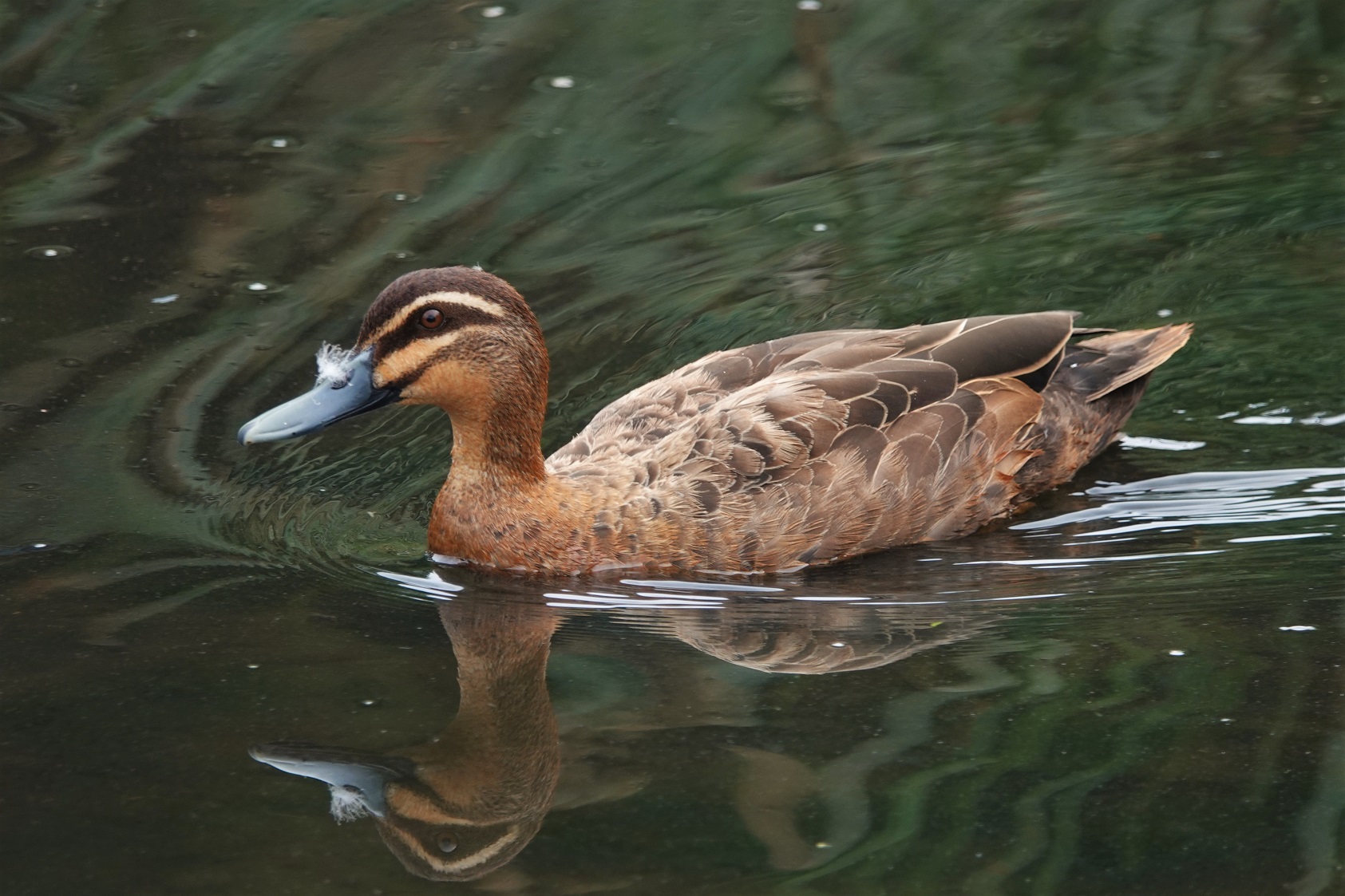
After a long run of extreme heat and almost no rain in January and February park vegetation is stressed, with some shrubs dying. Nevertheless, the survey produced exciting results and 53 species.
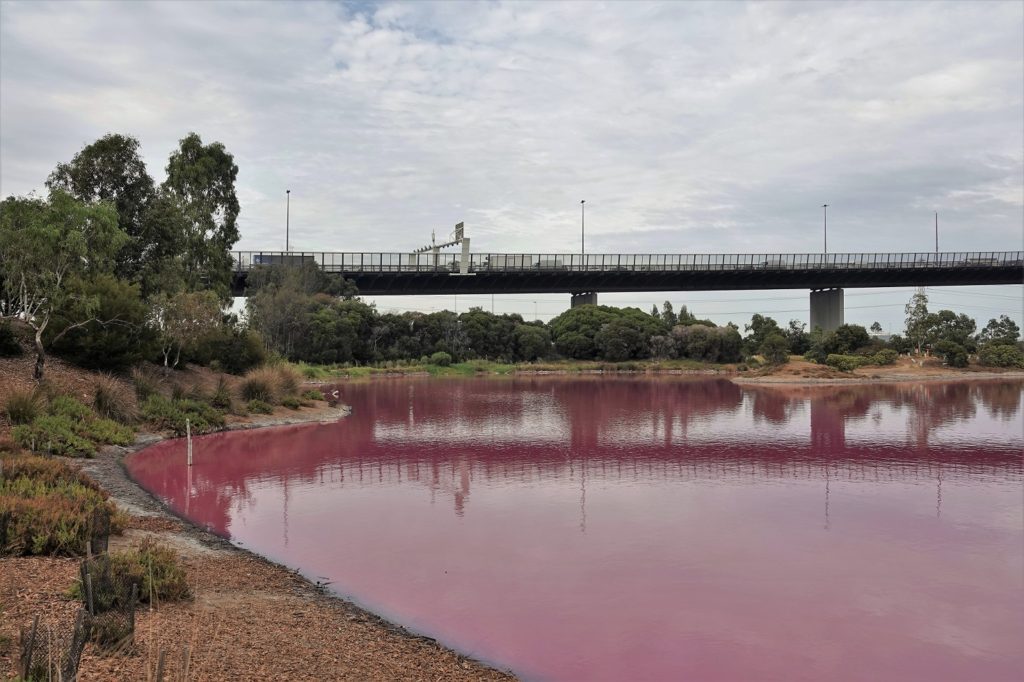
Pink Salt Lake 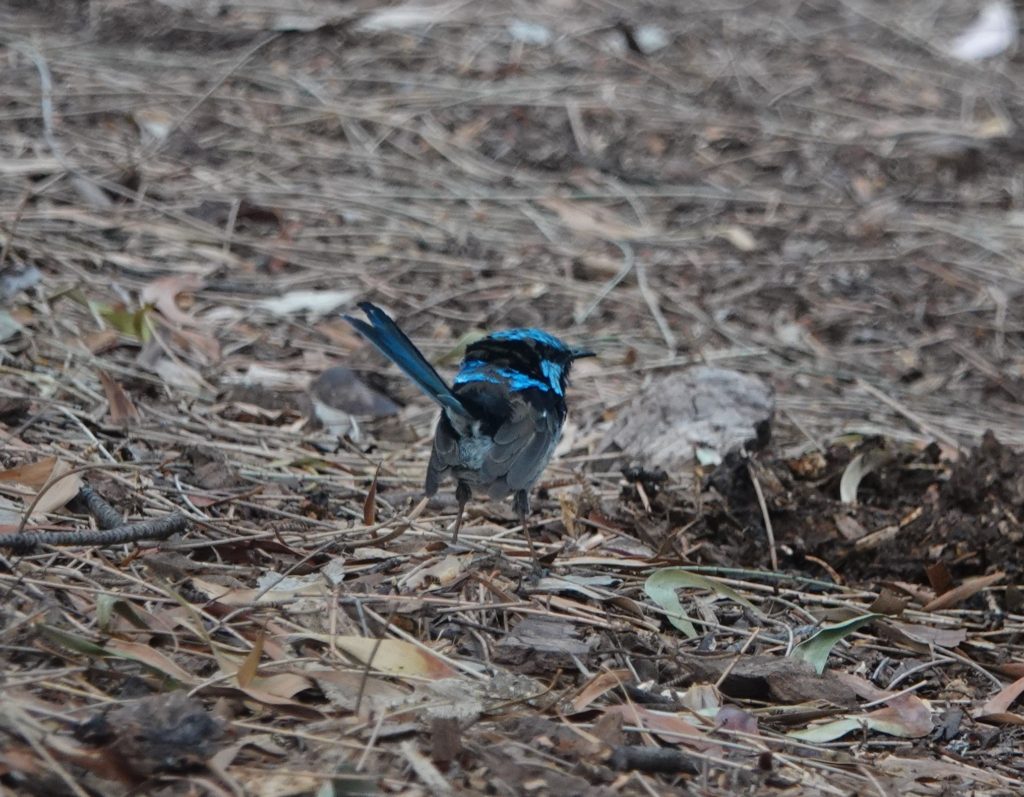
Superb Fairy-wren 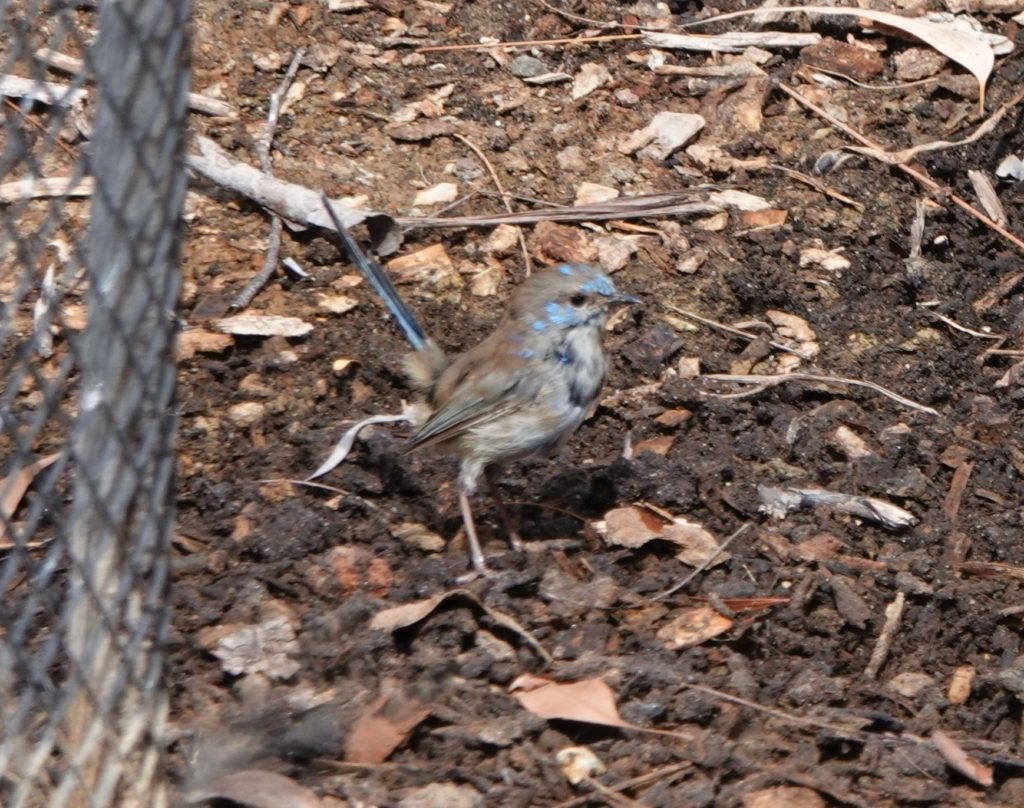
Superb Fairy-wren changing plumage 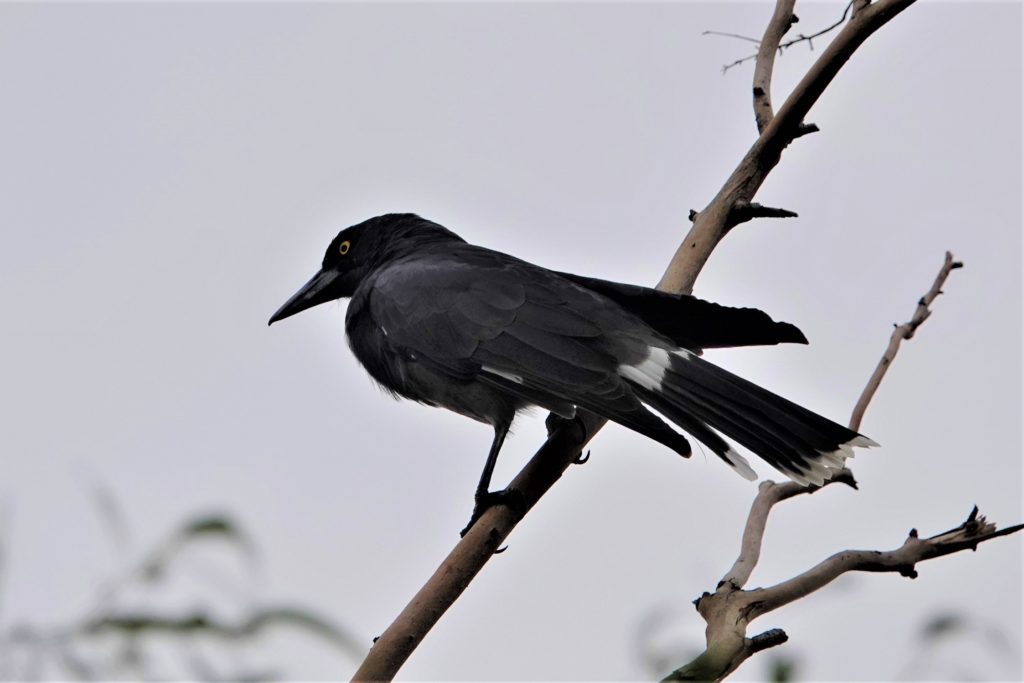
Pied Currawong 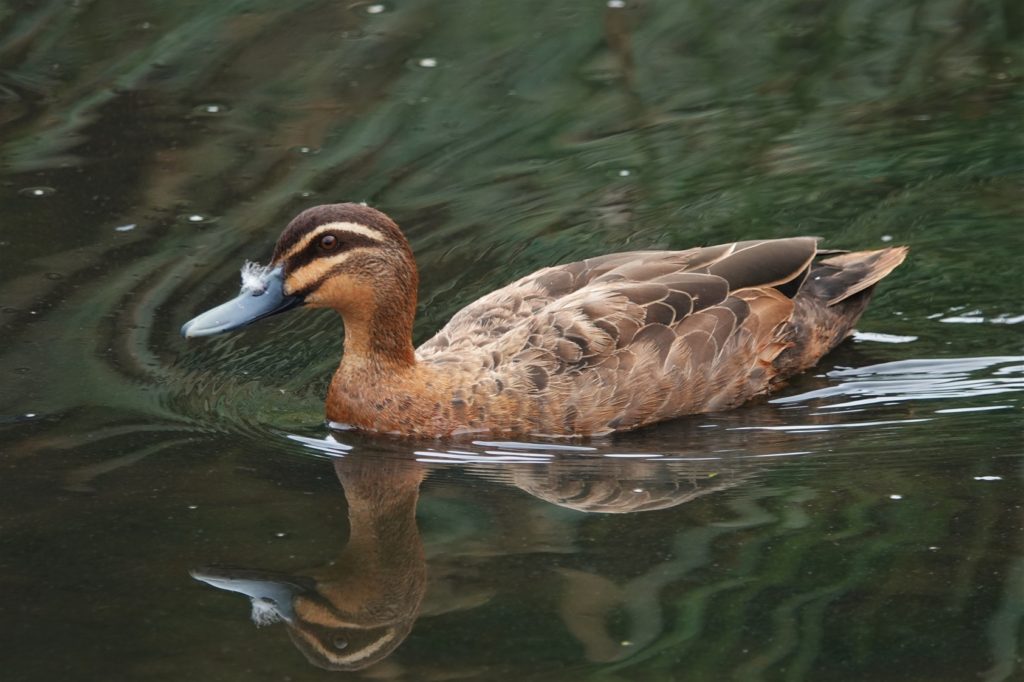
Black Duck.Mallard hybrid 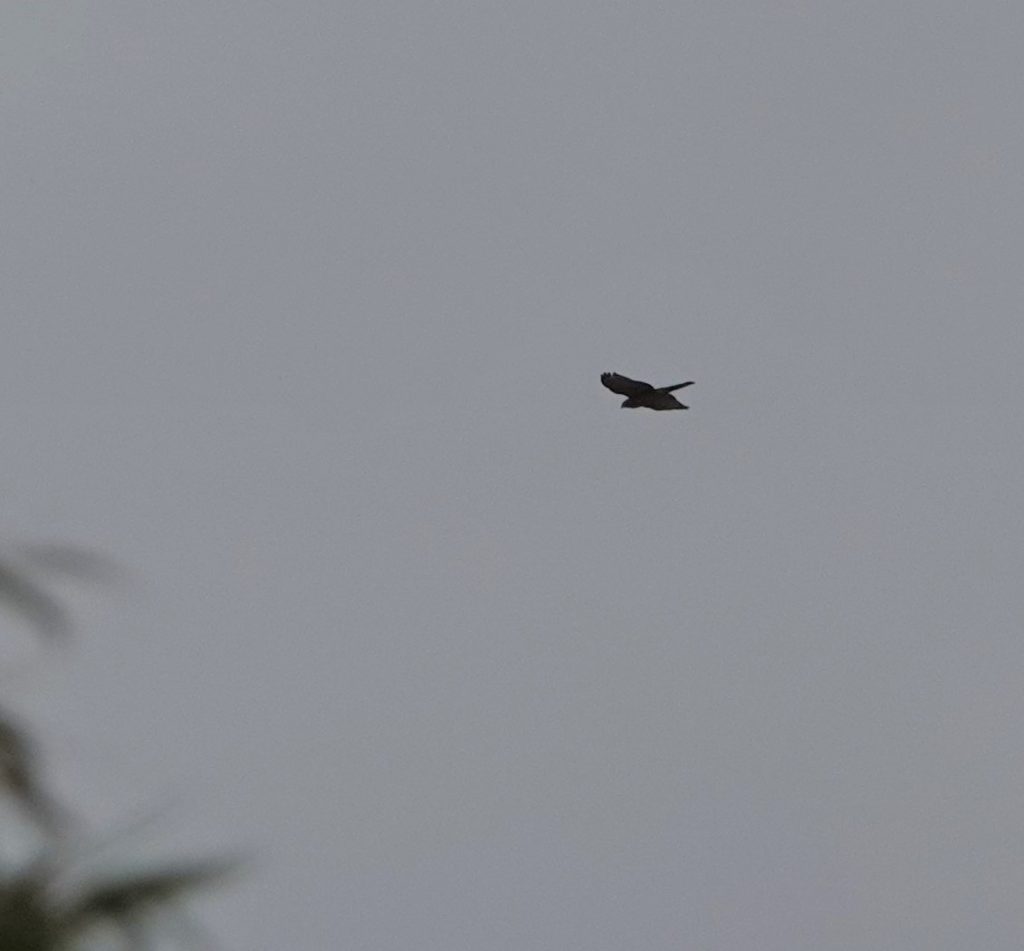
Goshawk
A larger than usual range of land-based bird species observed included a Sacred Kingfisher, Striated Pardalote, Rufous Fantail and Grey Fantails. The very dry conditions in Melbourne and much of Central Victoria are probably encouraging some bird species to move seeking suitable habitat, and others may be starting their seasonal overland migrations early.
Although still plentiful, almost all blue male Superb Fairy-wrens are changing their plumage from blue to brown much earlier than usual, a sign of stress from drought and reduced food supplies. The dry vegetation could also explain a much lower count of White-plumed Honeyeaters than usual.
As observed last month the water levels in the main lakes are high, but almost all other smaller waterbodies, including Railway Dam, are dry or very low. The Southern Wetlands is an exception, holding water of good quality at mid levels.
The Saltwater Lake’s deep pink algal bloom delights overseas tourists. Compared to last month the number and diversity of shorebirds on the lake edge is much reduced with only a few Black-winged Stilts seen this survey. Most of those recorded around this lake last month, including a pair of Red-kneed Dotterels, are now using Large Freshwater Lake.
Interesting/notable sightings: The Eastern Spinebill reported by Samuel Burckhardt on ebird is the park’s first sighting of this species. As woodland areas grow and mature this is one of many bushland bird species, like Brown Thornbills, that may become regular visitors or resident in the park.
